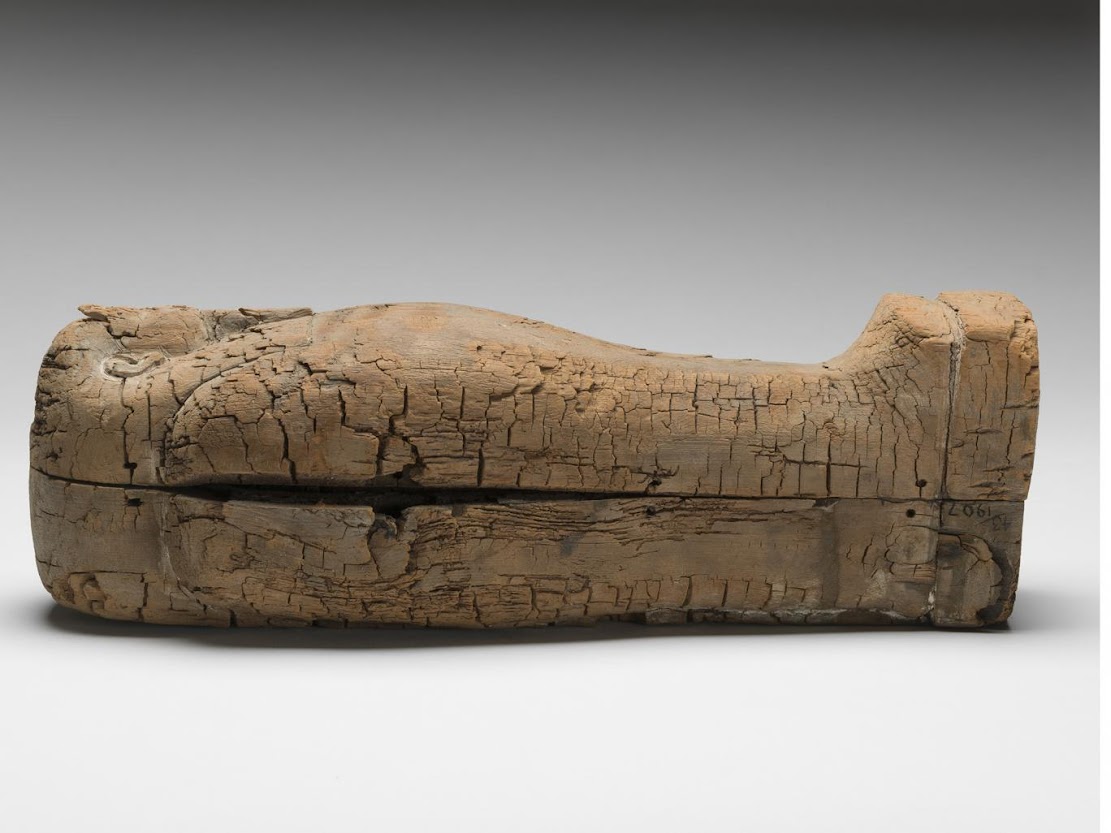The Great London [Search results for review]
India: Australian gallery identifies looted Indian treasures

Grab Shell Dude: Going Vertical Review
Astrophysics: Cosmology safe as universe has no sense of direction

Near East: Youngest ancient Egyptian human foetus discovered in miniature coffin

Nigeria: The British Museum distorts history and denies its racist past

Astrophysics: Theory that challenges Einstein's physics could soon be put to the test

Astrophysics: The Big Bang might have been just a Big Bounce
